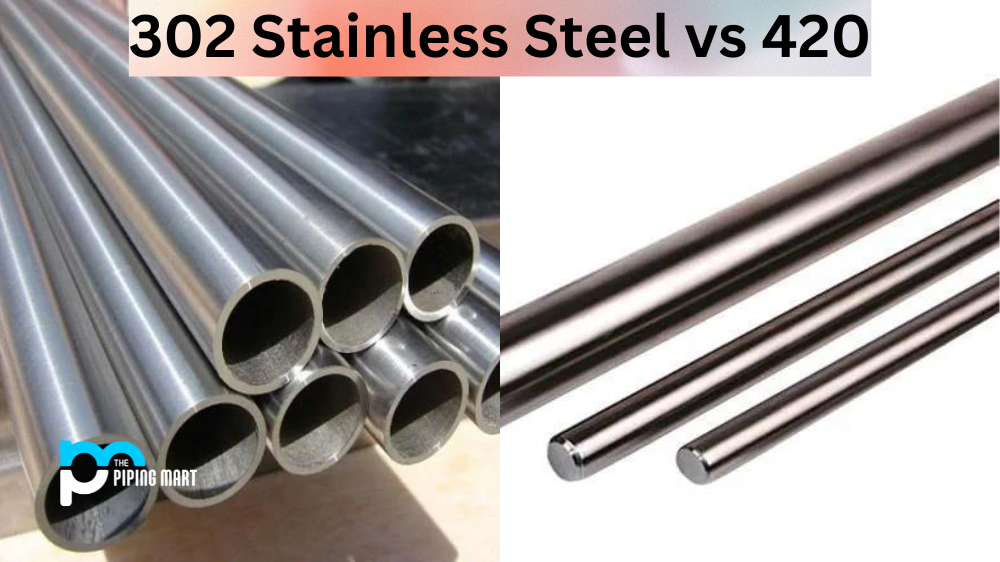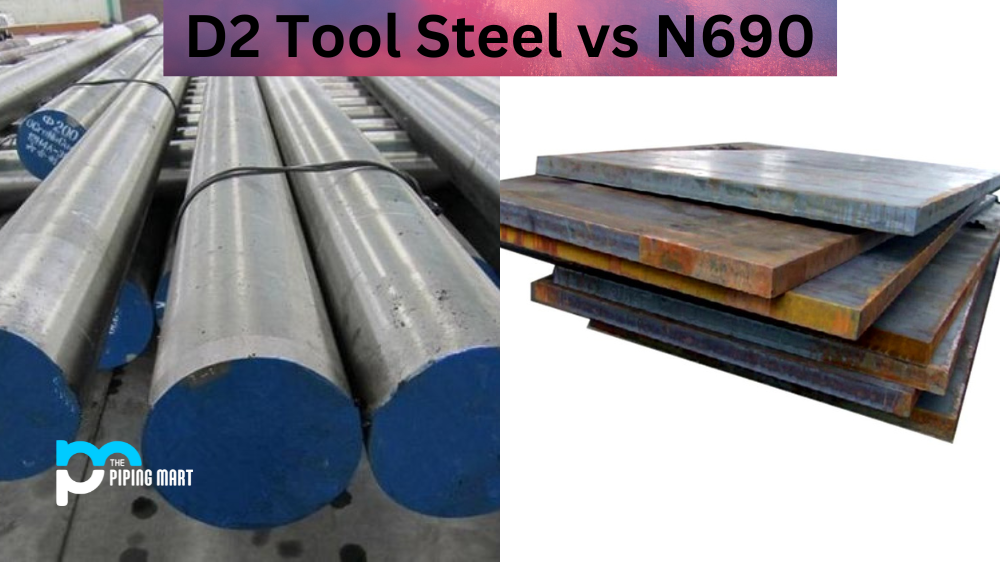Are you looking for high-strength, corrosion-resistant steel that can be used in various applications? Then you might be interested in two types of stainless steel commonly used in the industry: 302 and 420. Although both are stainless steel, they have different properties that make them suitable for different applications. In this blog post, we will compare and contrast the characteristics of 302 stainless steel and 420 stainless steel to help you determine the right choice for your project.
What is 302 Stainless Steel?
302 Stainless Steel is a widely-used type of stainless steel grade with high corrosion resistance and great strength. It contains higher levels of chromium and nickel than other grades, making it suitable for extended use in harsh environments. In addition, its high tensile strength makes this type of stainless steel well-suited for applications that require frequent temperature changes or repeated flexing.
What is 420 Stainless Steel?
420 stainless steel is a type of martensitic stainless steel that contains between 12-14% chromium, which makes it highly corrosion-resistant. With its high strength and excellent wear resistance,420 stainless steel is an ideal choice for applications requiring superior performance. It also has good toughness and flexibility, making it suitable for various machining operations.
Difference Between 302 Stainless Steel and 420
Composition
302 stainless steel is an austenitic stainless steel that contains 18% chromium and 8% nickel. It is also called 18-8 stainless steel because of its composition. On the other hand, 420 stainless steel is martensitic stainless steel that contains 12% chromium and no nickel. It is known as a cutlery-grade steel that is often used for knife blades and surgical instruments.
Strength
Both 302 and 420 stainless steel are considered to be high-strength materials. However, 420 stainless steel has higher carbon content and therefore has higher hardness and wear resistance than 302 stainless steel. This makes 420 stainless steel a better choice for applications where hardness is crucial.
Corrosion Resistance
While both types of stainless steel are corrosion-resistant, 302 stainless steel has better overall corrosion resistance than 420 stainless steel. 302 stainless steel is resistant to most acids and bases, while 420 stainless steel is vulnerable to chloride corrosion, such as salt.
Weldability
302 stainless steel has excellent weldability due to its low carbon content. It can be welded using all standard fusion welding techniques. However, 420 stainless steel has poor weldability due to its high carbon content and tendency to form hard, brittle zones in the heat-affected zone (HAZ) during welding.
Applications
302 stainless steel is often used in the aerospace, automotive, and food industries for its high tensile strength, toughness, and corrosion resistance. Meanwhile, 420 stainless steel is commonly used for surgical equipment, knives, other cutting tools, and moulds and dies for plastic and rubber injection moulding.
Conclusion
In conclusion, 302 and 420 stainless steel have unique characteristics that make them suitable for specific applications. If you are looking for strong, corrosion-resistant steel for aerospace or automotive applications, 302 stainless steel is a great option. However, if you need hard, wear-resistant steel for knife blades or surgical instruments, then 420 stainless steel is the better choice. Consider the steel’s properties and your project’s specific needs before deciding. By understanding the differences between these two types of stainless steel, you can decide to choose the right steel for your project.

A passionate metal industry expert and blogger. With over 5 years of experience in the field, Palak brings a wealth of knowledge and insight to her writing. Whether discussing the latest trends in the metal industry or sharing tips, she is dedicated to helping others succeed in the metal industry.




